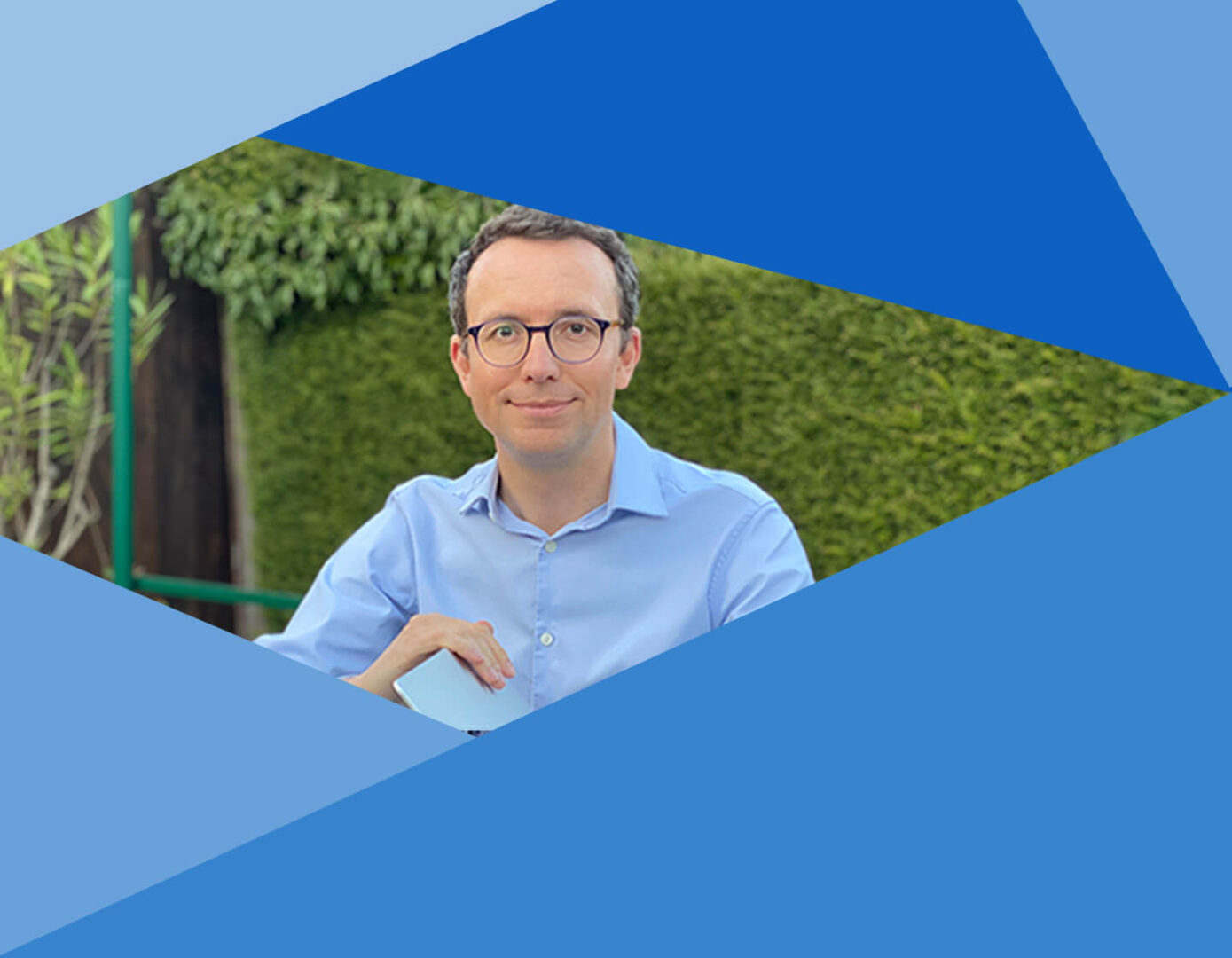
When it comes to investing in a startup, Olivier Laplace, Partner, Venture Capital at VI Partners has been on both sides of the table. As a former startup founder, he has been in the position of seeking investors and buyers. In contrast, in his current role at VI Partners, he assesses prospective investee companies to both fund and nurture through their early years. To succeed, he said, the relationship between founder and investor is key.
“Investing in a startup is like a marriage,” he said. “So, if you do not have a great feeling with the founding team, even if the company is fantastic, I would pass because you are going to spend five to 10 years together. You need to be excited about the business because you are going to dream about it over the weekend. And it is a relationship of absolute trust. If you feel like the founders are not telling you the truth, you should not invest.”
Laplace honed his skills in venture capital following his IMD MBA in 2014. Working for IT security company Kudelski Group, he began to build his capabilities in mergers and acquisitions (M&A). It is a role he credits as crucial to the further development of his career.
“At that point, I did not have the CV to go into venture capital and so Kudelski was a nice step because there I was focused on tech startups. I found technology companies, assessed their potential, and acquired them. And I also built an internal startup, which provided an interesting view on how corporates approach innovation,” he said.
Following on from Kudelski, Laplace moved to Swiss Post where he built Swiss Post Ventures, the corporate venture capital (CVC) arm of the Swiss Postal organization. Recruiting a team of three investment professionals, Laplace began to invest in startups, some of which were successfully sold and others that became key to Swiss Post’s digitalization strategy. In Laplace’s view, much of the team’s work helped the company to reimagine its future.
“The new CEO of Swiss Post started a new strategy two years ago to digitize the core business and one key business is the leaflets for the retailers you get in your mailbox. By investing in the getBring.com shopping app, we were able to digitize these leaflets, enabling customers to click through them – and every click is paid for. For me that was clearly core business and, though it took the guys two years to realize it, they then they bought the company,” he said.
How to support a startup
Proud of his work for corporate venture capital teams, Laplace is also aware of how the corporate environment can negatively affect the innovation and creative force that is crucial to the startup dynamic. The hierarchical nature of corporations and their appetite for risk is not always able to deliver the liberated agility needed to nurture a startup through to maturity.
“There’s always a stretch for corporates [to embrace innovation] and for the CVC teams you want to be a bit of a silo because you want to be protected from politics. However, at the same time, you want to still be in touch with the right people within the organization. So of course, you need strong relationships with business development and marketing and with innovation managers. Ultimately, you need to be able to go to the top management in the business units and say, ‘we’ve seen this potential business; you’re not aware of it; so how do we feed it into the organization?’” he said.
In contrast, a venture capital firm can allow that liberty while also offering financial advisory and network support. His role at VI Partners is to select, invest in, and support promising Swiss and European start-ups in Software / SaaS, FinTech, Blockchain, AI, machine learning and IoT. As such, he is clear on what he looks for in a potential investee company.
“We scan for startups that have an advanced prototype or a minimum viable product. The potential investee company has ideally built a team of roughly 10 people and has gained customer traction,” he said.
In addition, the fund offers startups the potential to collaborate with or even ultimately be acquired by a corporate. With investors such as Nestlé, ABB or Hilti, the company sees its role as one of matchmaker – enabling startups to flourish under optimal conditions, while also gaining exposure to a broad range of potential investors. According to Laplace, it is the perfect way for corporates to be happily surprised by the digitalized future horizons that a well-curated startup can offer.
“Investing in startups is like having a crystal ball and it can be an eye opener. It’s something that shows you how the world can be different. If you just talk to the startup, and if you’re an investor and understand the reality of the financial numbers, you know whether it can really become a true business. And if it’s a good business, why not invest in it?”


